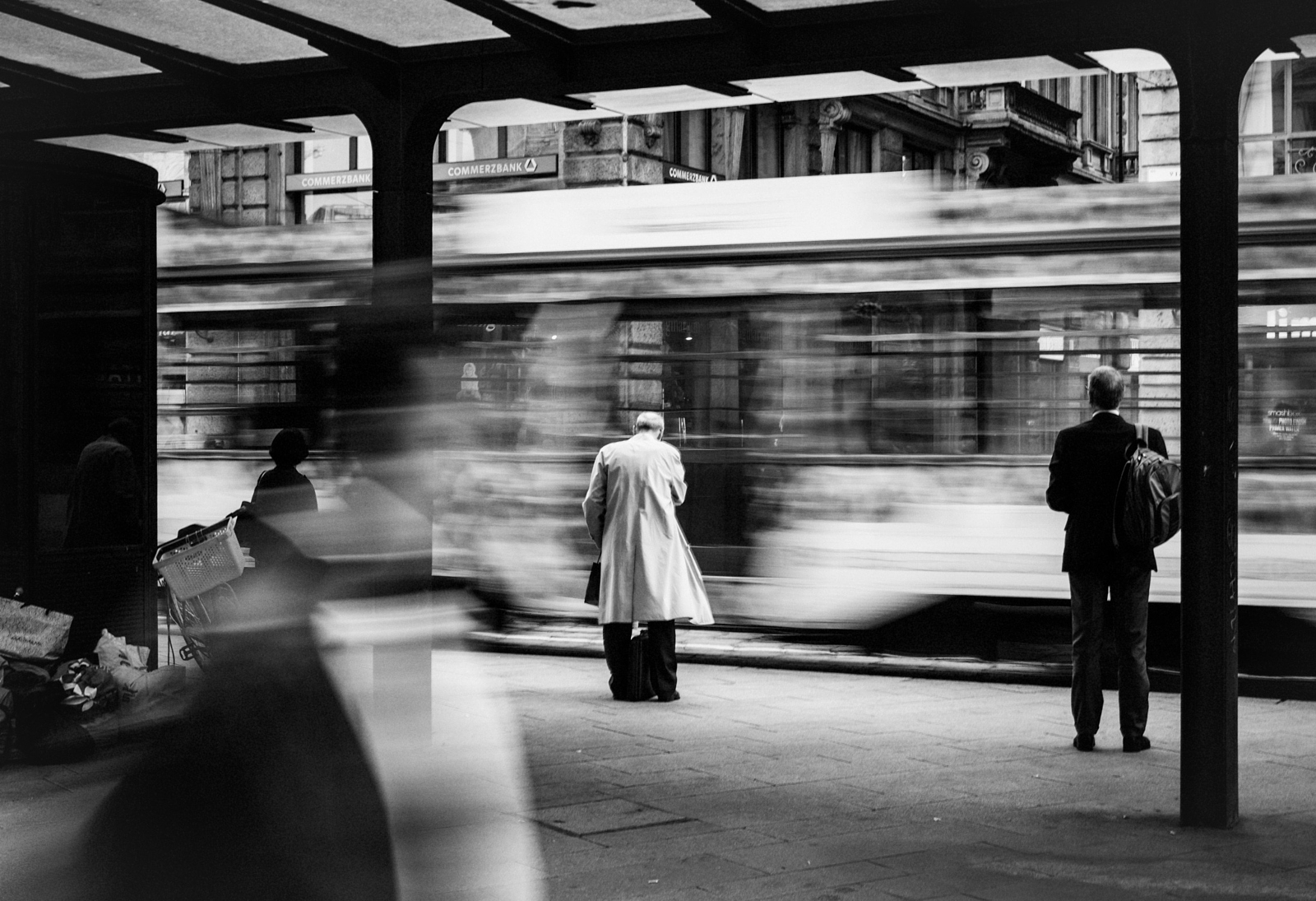Framing Streets for Dummies
Framing Streets for Dummies
Blog Article
4 Simple Techniques For Framing Streets
Table of ContentsThe Of Framing StreetsThings about Framing StreetsThe 9-Second Trick For Framing StreetsNot known Facts About Framing StreetsNot known Incorrect Statements About Framing Streets The Best Guide To Framing Streets
Digital photography category "Crufts Pet Show 1968" by Tony Ray-Jones Road photography (likewise sometimes called honest digital photography) is digital photography carried out for art or query that includes unmediated opportunity experiences and random cases within public locations, usually with the objective of recording pictures at a decisive or touching moment by mindful framing and timing. 
Subsequently his boots and legs were well specified, yet he lacks body or head, due to the fact that these remained in activity." Charles Ngre, waterseller Charles Ngre. https://www.tumblr.com/framingstreets1/739107565559037952/framing-streets-is-a-timeless-journey-a-journey?source=share was the initial photographer to achieve the technological elegance needed to sign up individuals in activity on the street in Paris in 1851. Digital Photographer John Thomson, a Scotsman working with journalist and social activist Adolphe Smith, published Road Life in London in twelve monthly installments starting in February 1877
The Ultimate Guide To Framing Streets
Eugene Atget is considered as a progenitor, not since he was the very first of his kind, however as a result of the popularisation in the late 1920s of his document of Parisian roads by Berenice Abbott, who was influenced to carry out a comparable paperwork of New York City. [] As the city developed, Atget assisted to promote Parisian streets as a worthy subject for digital photography.
What Does Framing Streets Do?
The principal Mass-Observationists were anthropologist Tom Harrisson in Bolton and poet Charles Madge in London, and their first report was generated as guide "May the Twelfth: Mass-Observation Day-Surveys 1937 by over two hundred onlookers" [] Window cleaner at Kottbusser Tor, Berlin, by Elsa Thiemann c. 1946 The post-war French Humanist School professional photographers found their subjects on the road or learn the facts here now in the bistro. In between 1946 and 1957 Le Groupe des XV yearly displayed job of this kind. Andre Kertesz. Circus, Budapest, 19 May 1920 Road digital photography formed the major material of 2 exhibitions at the Museum of Modern Art (Mo, MA) in New York curated by Edward Steichen, Five French Photographers: Brassai; Cartier-Bresson, Doisneau, Ronis, Izis in 1951 to 1952, and Post-war European Photography in 1953, which exported the idea of road photography internationally.

The Main Principles Of Framing Streets
, after that an instructor of young youngsters, connected with Evans in 193839.'s 1958 publication,, was considerable; raw and frequently out of focus, Frank's pictures questioned mainstream photography of the time, "challenged all the formal regulations laid down by Henri Cartier-Bresson and Walker Evans" and "flew in the face of the wholesome pictorialism and genuine photojournalism of American publications like LIFE and Time".
Report this page